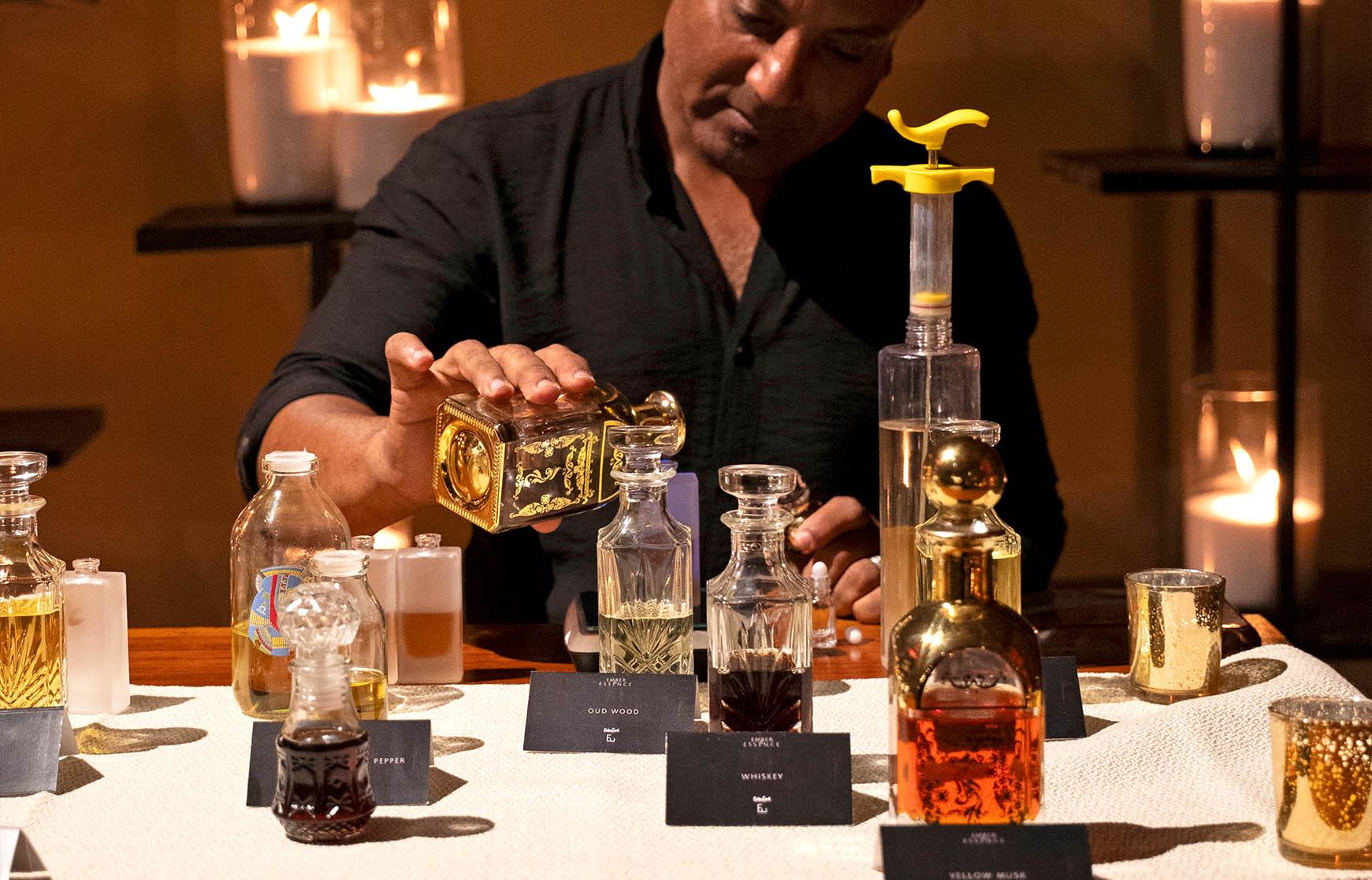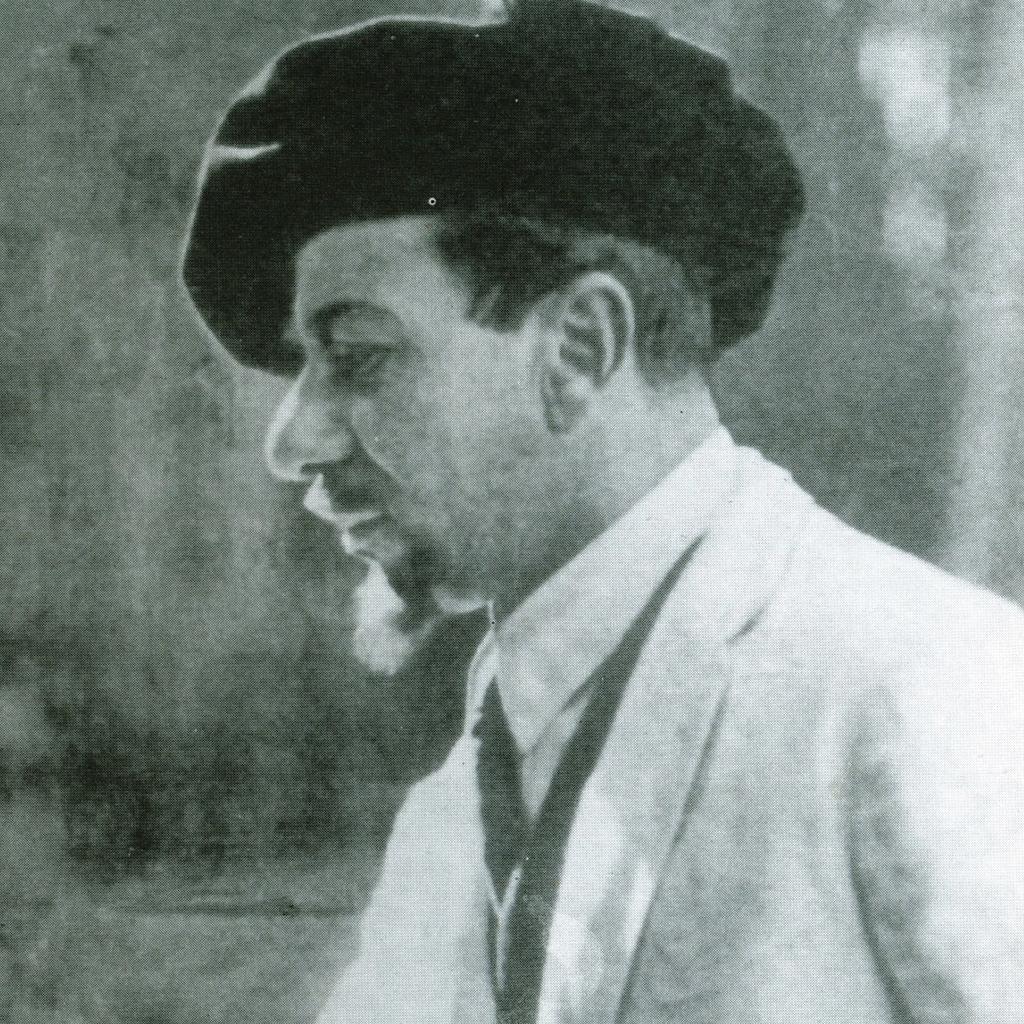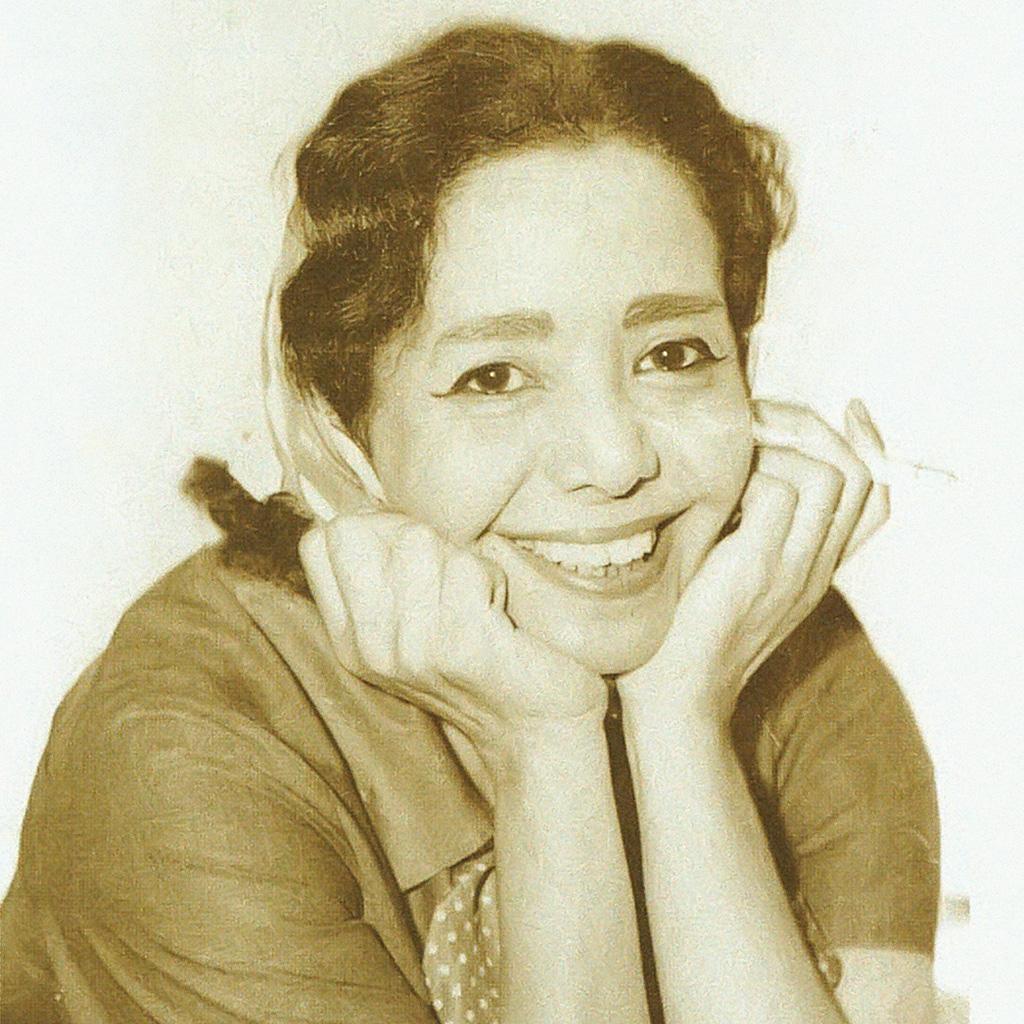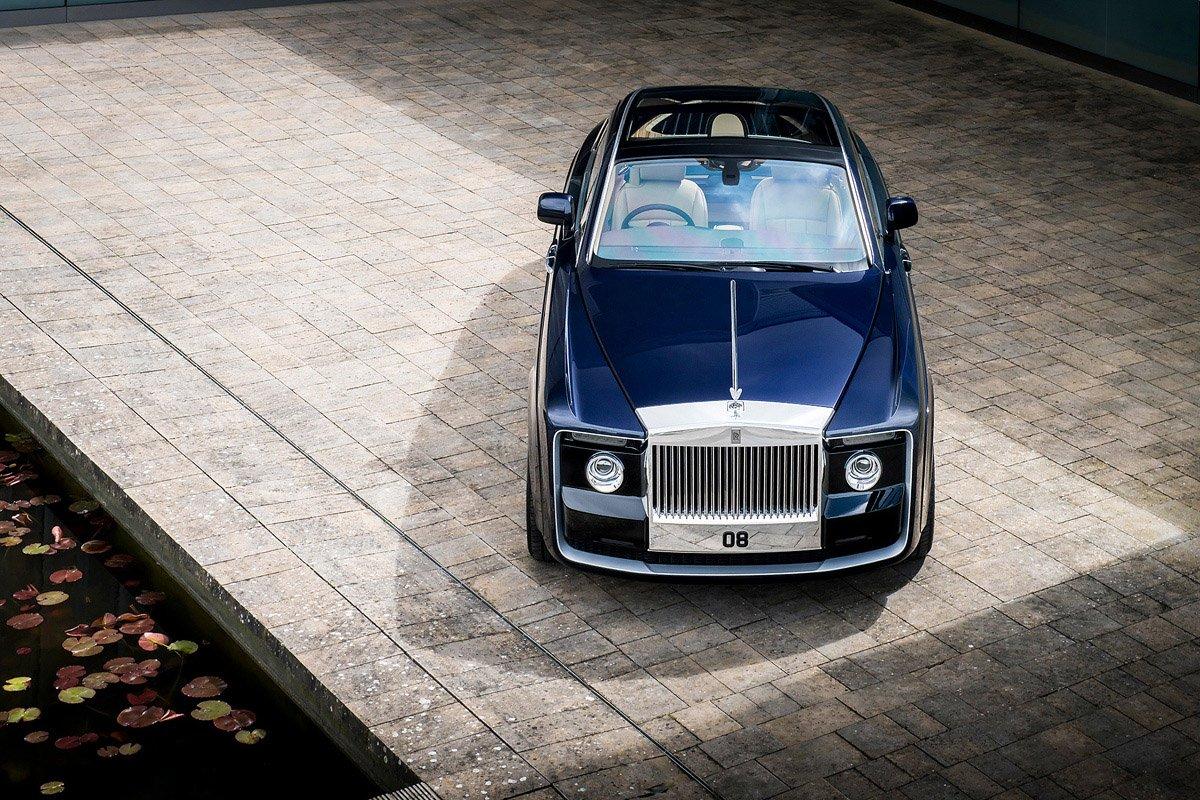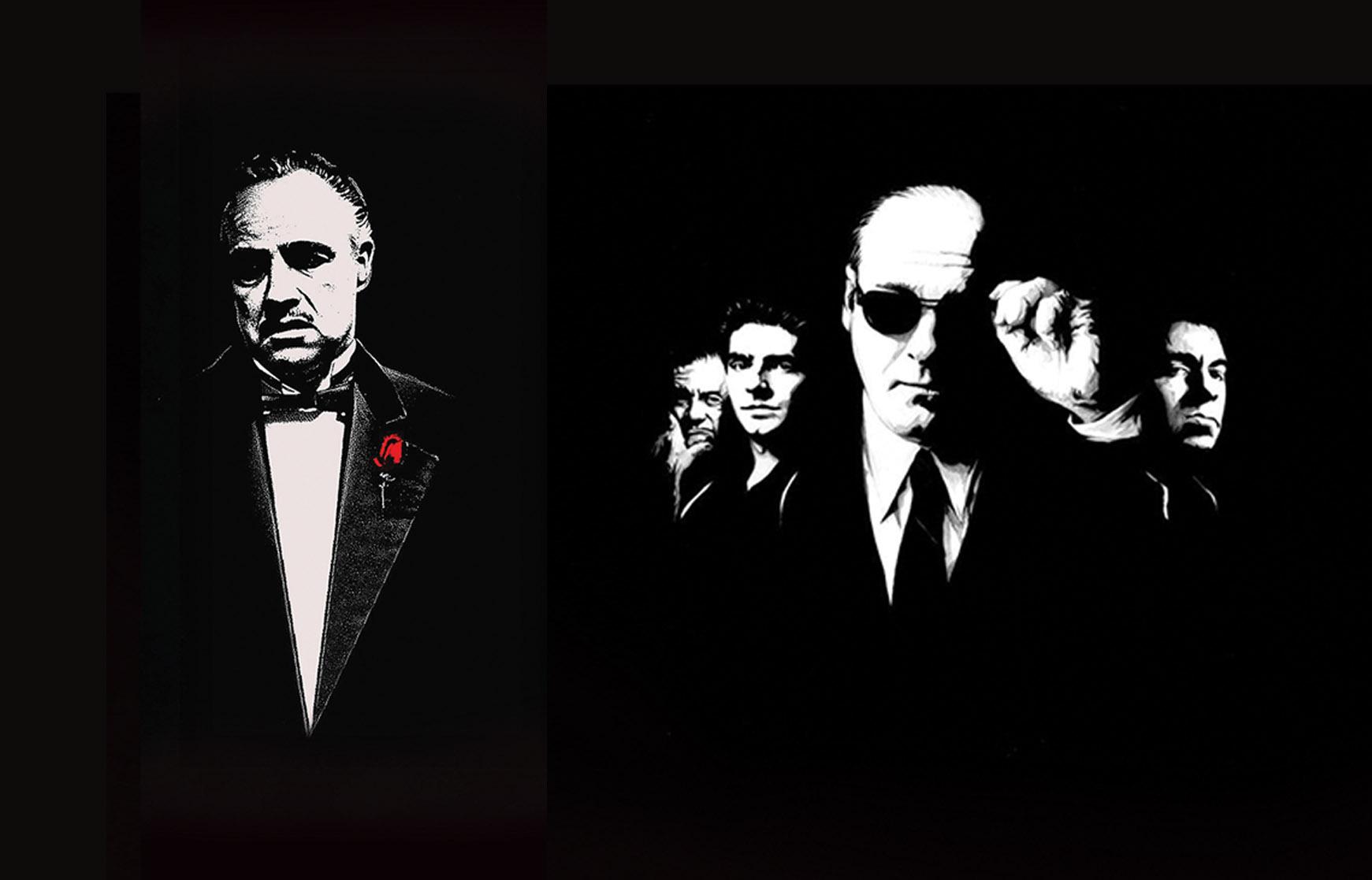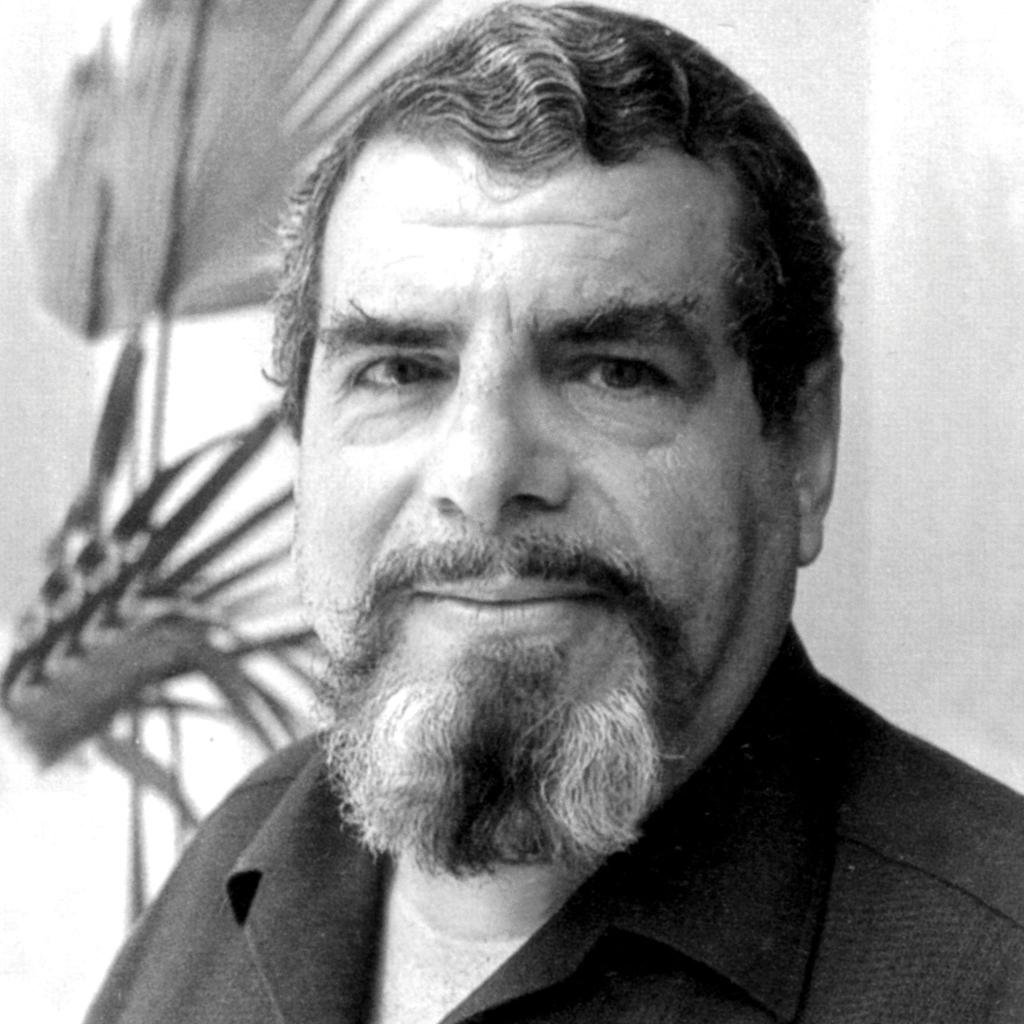
Written by: Dr. Ashraf Reda
Date: 2013-10-15
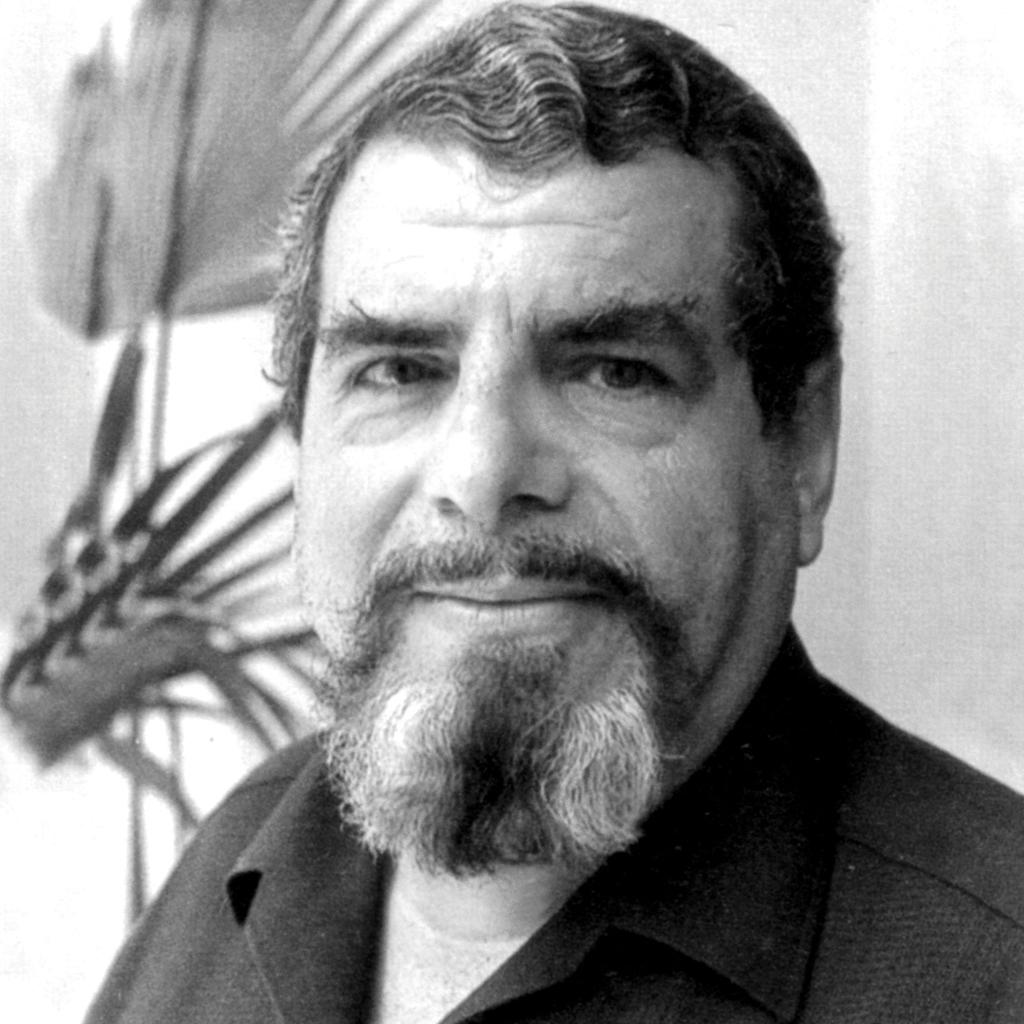
Salah Abdel Karim
(1925- 1988)
Egyptian modern art flourished with the opening of the Egyptian Faculty of Fine Arts at Helwan University in 1908 by pioneer artists who represented the first generation of Egyptian modern art such as Mahmoud Mukhtar , Youssef Kamel, Mohamed Hassan, Ragheb Ayad, and others who paved the way for the emergence of a new generations of prominent Egyptian practitioners of fine arts. Dr. Salah Abdel Karim (1925 - 1988) was one of those prominent artists who was multi-talented and had a significant effect on the history of the Egyptian contemporary fine arts movement. He worked as an interior designer, photographer, sculptor and ceramist; he was the first to use scrap iron in creating excellent and well appreciated statues.
Salah Abdul Karim was born in Fayoum City in 1925. In the beginning of his life he moved between Cairo and Qena, in the south of Egypt, where he found the distinct and original Egyptian faces with their kindness, full of the aroma of civilization and ancient Egyptian monuments. There, he loved painting with precision, following his great mentor, Hussein Bikar who was an art teacher at Qena high school at that time. He monitored him while Abdel Karim painted portraits with delicacy and great skill. After returning to Cairo in 1940 he met the members of Contemporary Art Society headed by the artist, Hussein Youssef Amin and made his first acquaintance with their surrealism. They believed that this trend is the main force for them to present a liberal art that rebelled against all classical methods. From that moment on, he had a direct relationship with the modern trends that were imposing themselves on all branches of art.

In 1943, he realized the importance of polishing his talent with specialized study, which is why he decided to join the Faculty of Fine Arts in the Cairo Department of Decorative Arts, currently the Department of Decoration, to find himself once again face to face with his Qena mentor, Hussein Bikar, who was now a teacher in the faculty. Bikar was pleased with Abdel Karim’s work and gave him encouragement and assistance. Because Abdel Karim had great talent and graduated with Honours, he was qualified to teach in the same faculty. After that he traveled to France to study advertising and set design in theatre. He spent four years there from 1952 to 1956 and learned from artists like Andre Mary Kasendr and Paul Colin. Then he went to Rome from 1956 to 1958 to study set design in cinema with the Italian artist Salvatore Meili. He has also completed important works in photography and decoration.
Although he worked in various fields of fine art such as the interior design of hotels and institutions, journalistic and artistic drawings, oil painting, decoration and composition , but it was his scrap iron sculptures that were the most important along with his work in advertising and design, for developing unique concepts and procedures in Egyptian art. At that time all artists, past and contemporary concentrated on taking large blocks of material and by removing pieces and sculpting various parts of the material to create strong and cohesive sculpture in continuation of the method of sculpting handed down from from one generation to another. Salah Abdel Karim took a different path in creating his famous works by assembling the scraps of iron and welding them together, making use of the ideas developed by the western doctrine in art known as Objet Trouve Art, (Found Art). In this trend he used the natural or man-made materials, to create new visions, through integrating a group of materials in creative shapes that oppose the original functional shapes. At the end, all these shapes together will form a work of art that is different and amazing. He used remains of motorcycles, cars, remnants of machines like nails, chains, balls, pulleys, gears, bars, etc. He was able to get these scattered parts from the Wekalt Al Balahin Downtown Cairo, where the shops sell scrap iron at low prices because they were not valuable having lost their original function. His wise artistic eyes saw in those valueless pieces a wealth of artistic values that only needed someone to form them with great insight to result in amazing and unique shapes.

Abdel Karim began on his metal statues after returning from Italy in 1958, and continued producing them until 1985. His most famous statues are; the Bull and the Fish, one of his early works, and the statue of Industryin 1962. Among his most famous metal sculptures are; Christ, The Scream of the Beast, Horse, Hyena, Frog, and Roosters Fight. The artist maintained certain proportions in all his works, so that these iron scraps had rich expressive values, which are totally consistent with the real living organisms in nature. This was actually hard work, and difficult to achieve through the usual method of mixing different shapes and sizes of pre-formed iron, which was mainly used to perform an applied function that is totally distant from any artistic purpose.
His scrap iron works clearly and deeply Influenced many of the specialists in the plastic art, like well-known French art critic, René Huyghe who put a picture of The Scream of the Beastin his book entitled,L’Art et l’Homme(Art and Man) which was published by Larousse publishing house in 1963, to emphasize the symbolism of modern Art. This was like a global certification and recognition of the uniqueness of this artist and that he is now counted among the iInternational artists. His metal statues were also of great influence on many artists of his generation.
Abdel Karim has succeeded in the taming of this strict and hard material, as if one can feel the fluency and flexibility of its formation. He has succeeded in creating real contact between internal gaps and the surrounding spaces in his statues, considering that the space outside the whole world. The Internal gaps of his hollow structural statues were like bridges, which link his sculpture from inside to the outside world, with all its endless components.

Salah Abdel Karim received First Degree Honour for Science and Arts in 1963, StateMerit Award for Sculpture and Photography in 1965, State Merit in 1967, First Degree Excellency Medal in 1988 and theState Merit Award for Arts.
He had held several leadership positions throughout his career, including: Head of Department of Decoration in Faculty of Fine Arts and Dean of Faculty of Fine Arts, Head of Plastic Artists Syndicate, Member of Supreme Council for Culture, Arts Academy National Specialized councils. He was Councilor for Opera, Authority for beautifying Cairo and Subway (Metro) project, as well as other great projects in Egypt and the Arab states.
